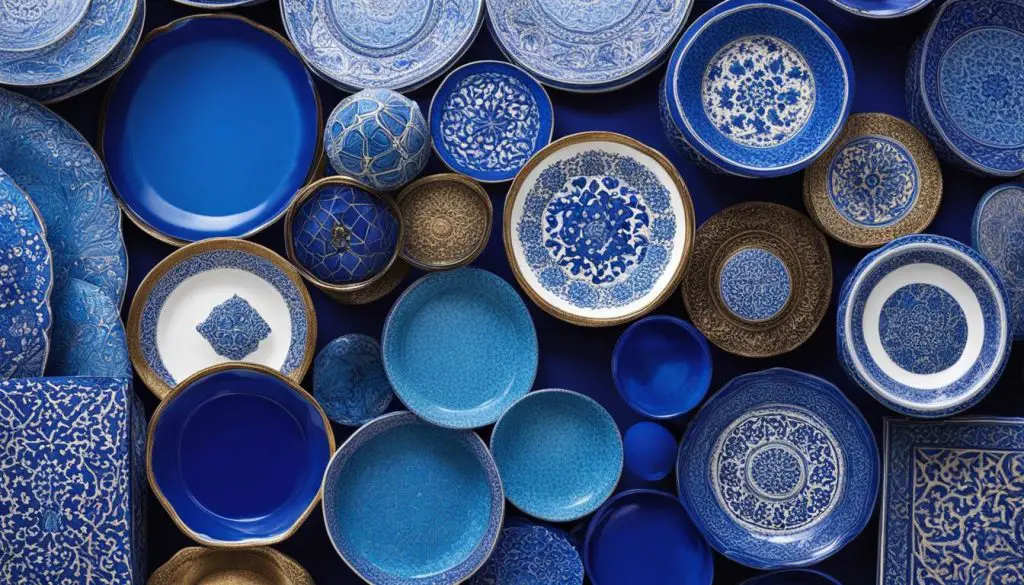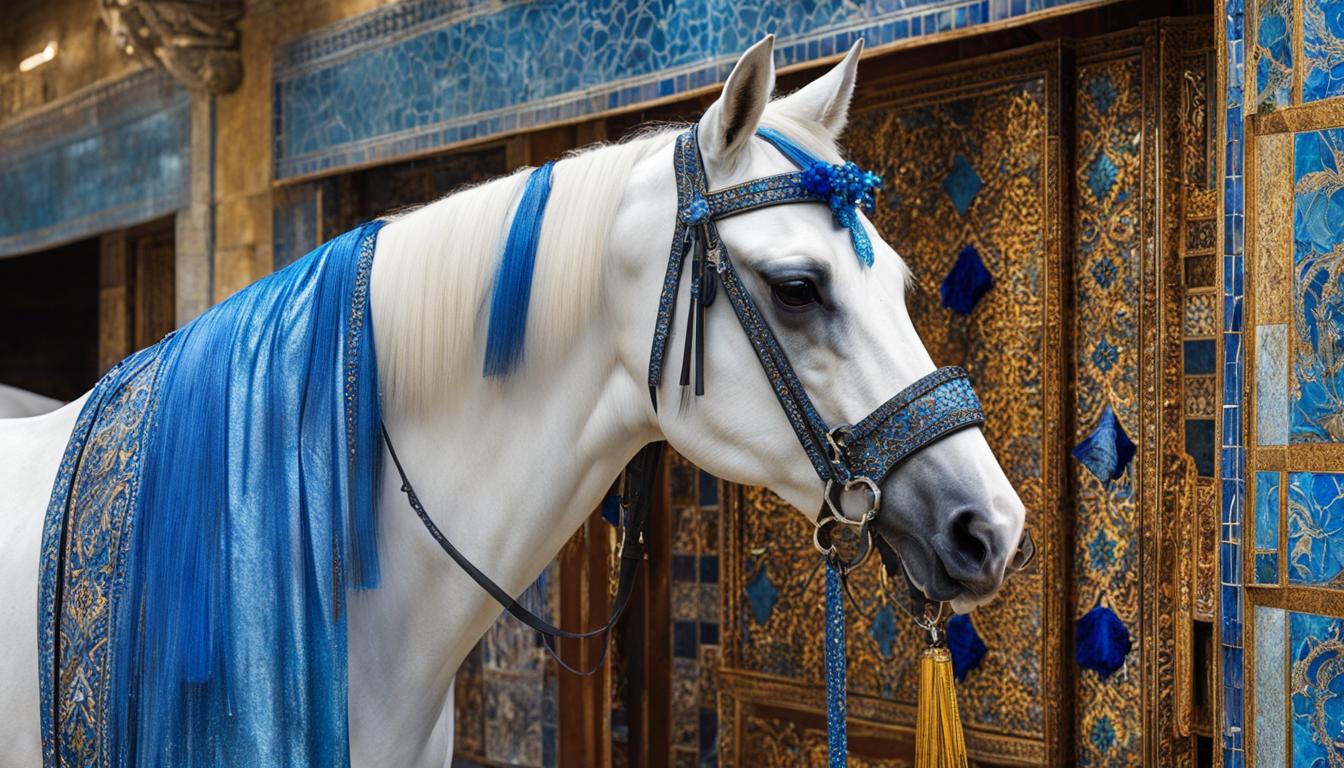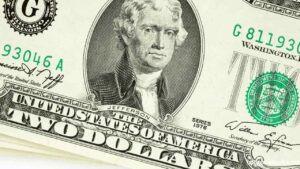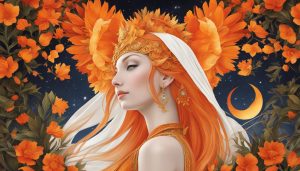Have you ever wondered about the significance of colors in different cultures? In the Middle East, blue carries a unique symbolism. While it’s commonly associated with safety and trust in the Western world, its meaning varies in this region. Many Middle Eastern countries believe that blue is a color of good luck, offering protection and spirituality. It is associated with concepts like heaven, immortality, and divine joy, making it an important color in religious practices as well. However, it’s worth noting that cultural beliefs can differ, and not all countries in the Middle East share the same perception of blue as a lucky color.
Contents
- 1 The Symbolism of Colors Across Cultures
- 2 Cultural Perceptions of Blue in the Middle East
- 3 Blue in Comparison to Other Colors in the Middle East
- 4 Color Perception and Cultural Sensitivity in Branding
- 5 Conclusion
- 6 FAQ
- 6.1 Is blue considered a good luck color in the Middle East?
- 6.2 What symbolism does blue hold in Middle Eastern cultures?
- 6.3 Is blue used in religious practices in the Middle East?
- 6.4 Do all Middle Eastern countries share the same perception of blue as a lucky color?
- 6.5 How does blue compare to other colors in the Middle East?
- 6.6 Why is cultural sensitivity important when using colors in branding?
- 6.7 What can brands learn from successful adaptations like McDonald’s?
- 6.8 What significance does blue hold in the Middle East?
- 7 Source Links
Key Takeaways:
- Blue is seen as a good luck color in many Middle Eastern countries.
- It is associated with safety, protection, and spirituality.
- Blue symbolizes concepts such as heaven, immortality, and divine joy.
- Religious practices often incorporate the color blue.
- Cultural beliefs about blue may vary within the Middle East region.
The Symbolism of Colors Across Cultures
Colors have different meanings and symbolism across cultures. While blue may be associated with safety and trust in Western cultures, in the Middle East, it holds more symbolic significance. Blue is believed to bring luck, fortune, and protection in many Middle Eastern countries. It is seen as a color of spirituality, immortality, and divine joy. Blue is often used in religious practices and is associated with heaven. However, it’s important to note that these beliefs may vary among different countries and cultures within the Middle East region.
In Middle Eastern countries, there are cultural beliefs about the color blue and its connection to luck. It is considered a traditional lucky color and is believed to bring good fortune and protection. Blue is seen as a symbol of spirituality and is associated with concepts such as immortality and divine joy. It is even used in religious practices and has a connection to the concept of heaven. However, it’s important to understand that superstitions and beliefs can vary among different countries and regions in the Middle East, so it’s essential to consider specific cultural contexts.
When examining the symbolism of colors across cultures, it’s fascinating to explore how blue is perceived in the Middle East. While blue is commonly associated with safety and trust in Western cultures, it takes on a deeper meaning in Middle Eastern countries. Blue is seen as a symbol of luck, protection, and spirituality. It is linked to concepts such as heaven, immortality, and divine joy. In many Middle Eastern cultures, blue is also used in religious practices, further emphasizing its importance and symbolism. However, it’s important to note that beliefs and superstitions about colors can vary among different countries within the region.
| Country | Traditional Meaning of Blue as a Good Luck Color |
|---|---|
| Egypt | Blue is believed to bring protection and ward off evil spirits. |
| Jordan | Blue is associated with divinity, spirituality, and good luck. |
| Lebanon | Blue is considered a lucky color that brings good fortune and prosperity. |
| Saudi Arabia | Blue symbolizes trust, safety, and is associated with good luck. |
Understanding the cultural beliefs and superstitions surrounding colors, such as blue in the Middle East, is essential for effective marketing and design strategies. By incorporating colors that hold positive symbolism and resonance within a specific cultural context, brands can create more meaningful connections with their target audience. The cultural significance of blue in the Middle East highlights the need for cultural sensitivity and awareness when developing visual communications in this region.
Cultural Perceptions of Blue in the Middle East
Blue color symbolism in the Middle East holds deep cultural significance and is associated with positive connotations. In many Middle Eastern countries, blue is considered a lucky color that brings protection, luck, and spirituality. It is believed to represent concepts such as immortality, divine joy, and even heaven itself. Blue holds a special place in religious practices in some Middle Eastern cultures, where it is often associated with the Virgin Mary and her significance within the faith.
The cultural beliefs about blue in Middle Eastern countries may vary slightly, but the overall perception of blue as a lucky color remains prevalent. Whether it is used in clothing, home decor, or traditional ceremonies, blue is considered a color of fortune and positive energy. This belief in the luck and protection associated with blue creates a sense of reverence for the color in the Middle East.
Blue is seen as a color that brings luck, protection, and spirituality in many Middle Eastern cultures.
It’s important to respect and understand these cultural beliefs when designing marketing campaigns or creating visuals targeted at the Middle East audience. By incorporating blue into branding materials or advertisements, companies can tap into the positive connotations associated with the color and establish a deeper connection with their Middle Eastern customers.
| Country | Cultural Beliefs About Blue |
|---|---|
| Egypt | Blue represents protection and good fortune. |
| Iran | Blue symbolizes spirituality and immortality. |
| Turkey | Blue is believed to ward off evil spirits and bring good luck. |
Overall, blue holds a special place in Middle Eastern culture as a color of luck, protection, and spirituality. Its symbolism is deeply rooted in the beliefs and traditions of various countries in the region. By understanding and respecting these cultural perceptions, marketers can effectively incorporate blue into their strategies and create meaningful connections with their Middle Eastern audience.
Blue in Comparison to Other Colors in the Middle East
When examining the significance of the color blue in Middle Eastern culture, it is important to consider its comparison to other colors commonly associated with symbolism in the region. While red may elicit caution and danger, blue stands out as a color that conveys safety, protection, and spirituality. In contrast to Western cultures where green is often seen as a symbol of luck and progress, some Middle Eastern cultures hold negative connotations for this color.
“Blue is believed to bring luck, fortune, and protection in many Middle Eastern countries.”
In Middle Eastern cultures, blue holds its own unique symbolism. It is associated with immortality, divine joy, and heaven, making it a color of great spiritual significance. This differs from the perception of blue in Western cultures, where it is often associated with trust and security. Understanding these cultural nuances is essential for marketers and designers seeking to create meaningful connections with their Middle Eastern audience.
Comparative Symbolism
| Color | Western Perception | Middle Eastern Perception |
|---|---|---|
| Blue | Safety, trust | Luck, protection, spirituality |
| Red | Danger | Caution |
| Green | Luck, progress | Varying interpretations, potential negativity |
As seen in the comparative symbolism table, blue stands apart with its unique connotations in Middle Eastern culture. This distinction emphasizes the importance of cultural sensitivity in branding and marketing efforts targeting the region. By understanding and respecting the cultural significance of colors like blue, brands can effectively communicate their messages and forge authentic connections with the Middle Eastern audience.
Color Perception and Cultural Sensitivity in Branding
When it comes to branding and marketing, colors play a significant role in influencing consumer perception and creating brand identity. However, it’s essential to have a deep understanding of cultural sensitivity to ensure that color choices resonate positively with diverse target audiences. By incorporating cultural symbolism and beliefs associated with colors, brands can effectively communicate their messages and establish meaningful connections with their customers. It’s crucial to recognize that color perception can vary greatly across different cultures, making it necessary to exercise caution and mindfulness in color usage.
In the Middle East, for example, the color blue holds significant symbolism, representing luck, protection, and spirituality. Therefore, incorporating blue into branding efforts targeted at the Middle Eastern audience can evoke a sense of trust, safety, and divine joy. However, it’s crucial to consider cultural variations within the region, as perceptions of blue as a lucky color may differ between countries. By being aware of these cultural beliefs and sensitivities, brands can ensure that their color choices align with the values and preferences of their Middle Eastern customers.
One example of a brand successfully adapting color perception to cultural sensitivity is McDonald’s. The fast-food giant has tailored its branding to different countries, recognizing the cultural significance of colors. For instance, in some Middle Eastern countries, McDonald’s uses green as a primary color, which symbolizes luck and progress in those cultures. This adaptation showcases the importance of understanding and respecting cultural symbolism when building a strong brand presence in different regions.

In conclusion, color perception and cultural sensitivity play a vital role in effective branding. By understanding the significance of colors in different cultures, brands can create authentic connections and resonate with their target audiences. In the Middle East specifically, the color blue holds symbolic importance, representing luck, protection, and spirituality. However, it’s important to recognize that cultural beliefs and interpretations of color can vary within the region. By considering cultural sensitivity in color usage, brands can ensure that their visual choices align with the values and beliefs of their target customers in the Middle East and beyond.
Conclusion
In conclusion, the color blue holds significant symbolism in the Middle East. Many cultures view blue as a lucky color, representing protection, spirituality, and good fortune. It is associated with heavenly concepts like immortality and divine joy. While there may be variations in the perception of blue among different countries and cultures within the region, it is crucial for marketers and designers to be aware of these cultural beliefs when targeting the Middle East audience.
Understanding and respecting the cultural symbolism of colors like blue can help brands create more meaningful and authentic connections with their Middle Eastern customers. By incorporating the right colors in their branding and design strategies, brands can effectively communicate their intended messages and avoid misunderstandings. Take inspiration from successful companies like McDonald’s, who have adapted their color usage to reflect the preferences and cultural significance of different countries.
In the Middle East, the color blue holds a special place as a lucky color. Its association with luck, protection, and spirituality makes it a powerful choice for brands looking to engage with Middle Eastern audiences. By being mindful of the cultural symbolism of colors like blue, brands can create visually appealing and culturally sensitive marketing campaigns that resonate with their target audience in the Middle East.
FAQ
Is blue considered a good luck color in the Middle East?
Yes, blue is commonly believed to bring luck and fortune in many Middle Eastern countries.
What symbolism does blue hold in Middle Eastern cultures?
Blue is associated with concepts such as safety, protection, spirituality, immortality, and divine joy.
Is blue used in religious practices in the Middle East?
Yes, blue is often used in religious practices and is linked to the Virgin Mary in some Latin American cultures.
Cultural beliefs can vary within the Middle East region, so not all countries may share the same perception of blue as a lucky color.
How does blue compare to other colors in the Middle East?
Blue is seen as a color of safety, protection, and spirituality, while the meanings of other colors may differ in the Middle East.
Why is cultural sensitivity important when using colors in branding?
Colors can hold different meanings and symbolism across cultures, so understanding cultural beliefs is crucial to effectively communicate messages.
What can brands learn from successful adaptations like McDonald’s?
Brands can learn the importance of tailoring visual choices to specific audiences in order to create meaningful connections.
What significance does blue hold in the Middle East?
Blue is believed to bring luck, protection, and spirituality in the Middle East, and is associated with concepts like immortality and divine joy.









